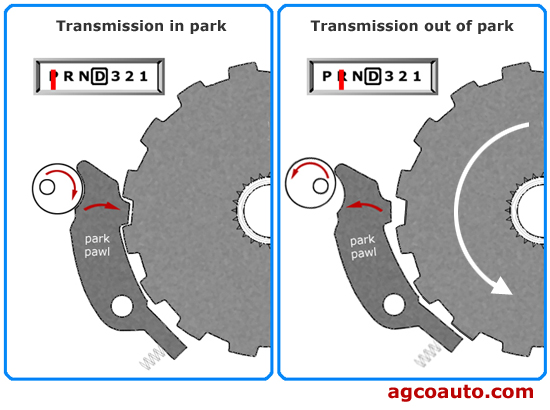
Before answering this question, understand what a parking brake is and how it works. As part of the overall braking system of a car, the parking brake connects to the rear brakes. When engaged, this system applies pressure with less force than the primary system does via the brake pedal.
When first introduced, the parking brake was meant to be a failsafe in case the central braking system failed for some reason. Today, however, this system is used to keep a vehicle stationary when parked, especially on steep slopes.
Another reminder here is that not all parking brakes are located in the same place, depending on the model. If you aren't able to find the brake lever, check the owner's manual to see which type of system you have.
On older models, the parking brake may be located on the instrument panel and take the form of a stick lever. On newer models, however, it's a center lever located between the two front seats. Some vehicles, on the other hand, have their parking brake as a foot pedal to the left of the other pedals, while some new car models may have it in the form of a button located somewhere on the console.
So, Is It a Good Idea to Use the Parking Brake?
 The short answer to this question is yes, and it's a good idea to make it a habit. The reasons for this are somewhat obvious. The parking brake's purpose is to keep you, the other passengers, and the others around you safe.
The short answer to this question is yes, and it's a good idea to make it a habit. The reasons for this are somewhat obvious. The parking brake's purpose is to keep you, the other passengers, and the others around you safe.
When your car is in the park position, it's braking system is controlled by a device known as a parking pawl. This device is fitted to a vehicle's automatic transmission system as a means of locking the gears into place when the car is in Park, to keep it from rolling away.
Essentially, that is a lot of weight supported by a small gear. Over time and with constant use, the parking pawl, can be subject to wear and tear which can result in damage or mechanical failure. This is the main reason why it's vital that you also use the parking brake. Engage the parking brake after you park, but before you shift the transmission into park or shift into park and keep the pressure on the brake pedal until the parking brake is engaged. This will limit the stress you put on the transmission. It will provide you with an extra level of security, prevent cases of parking failure, and even limit the number of transmission repairs down the line.
The parking brake is a useful extra safeguard at your disposal. If you're driving with a manual transmission vehicle, you can also use it to help you start moving forward on an incline, by pressing both the clutch and the gas pedal at the same time. Also, some carmakers are designing their newer models with a feature to have the parking brake turn on and off automatically. On a vehicle so equipped, it will occur every time you put the car in park or turn on the engine. If you have additional questions, the Service Team at the Mike Duman Auto Superstore is here to help.
